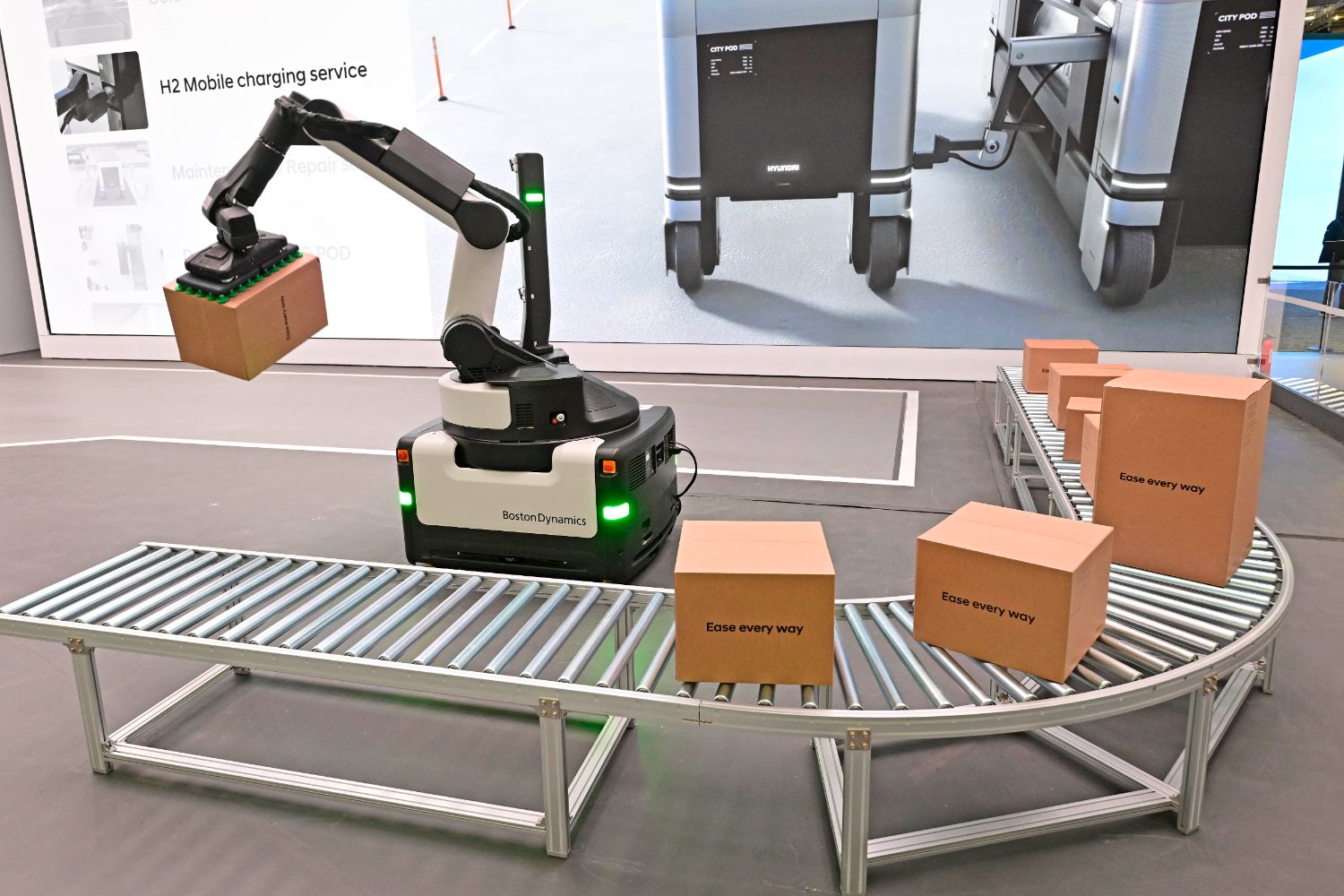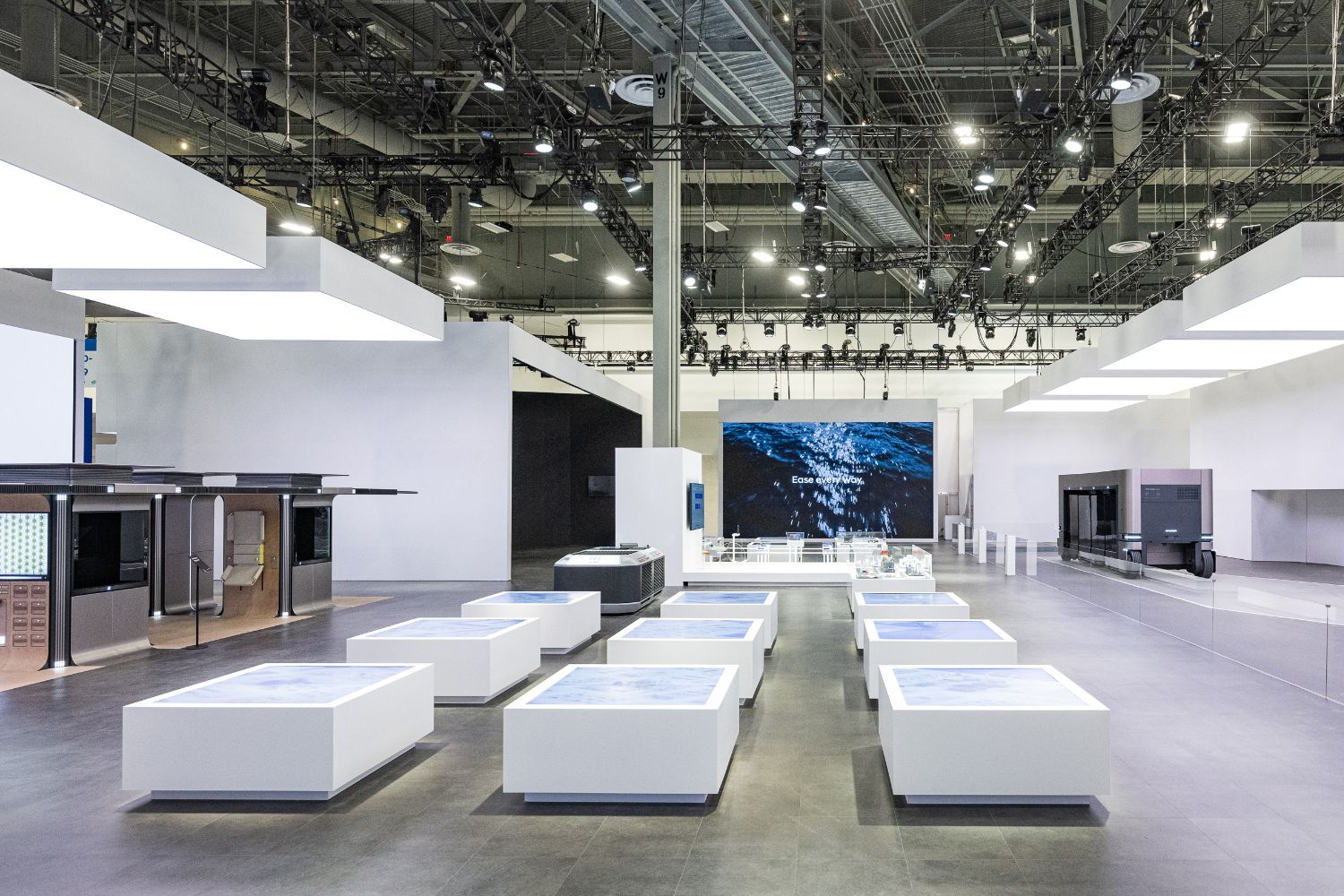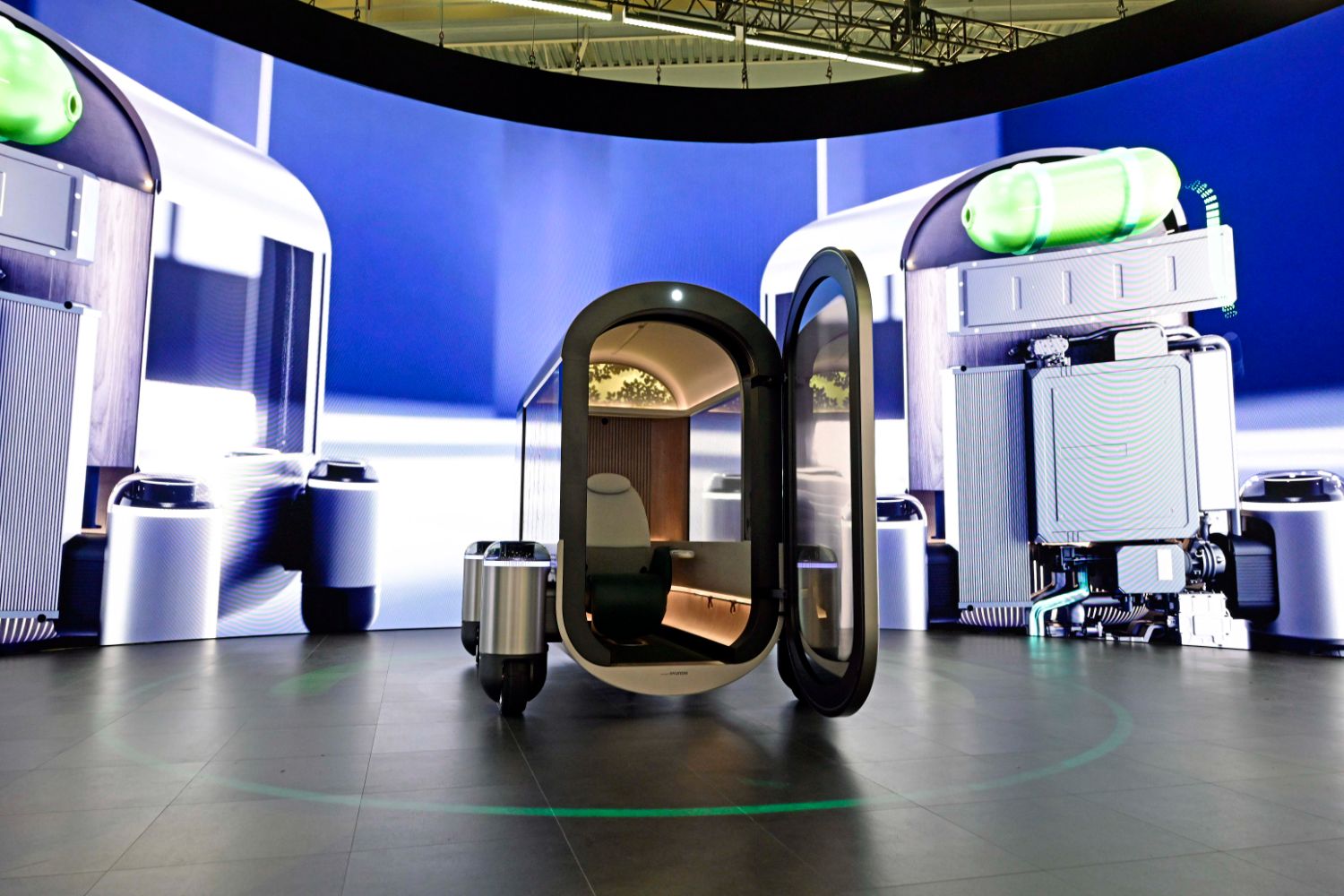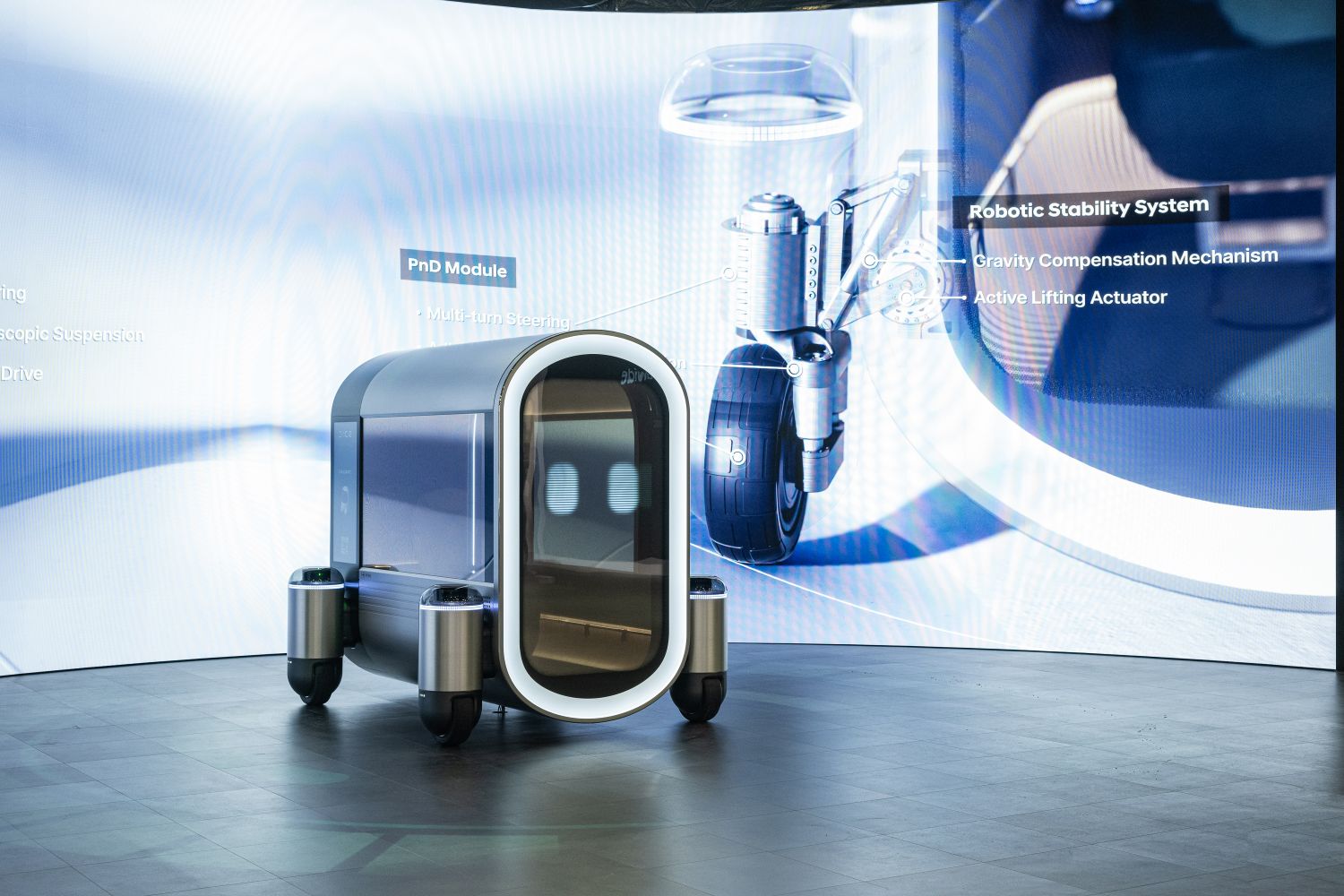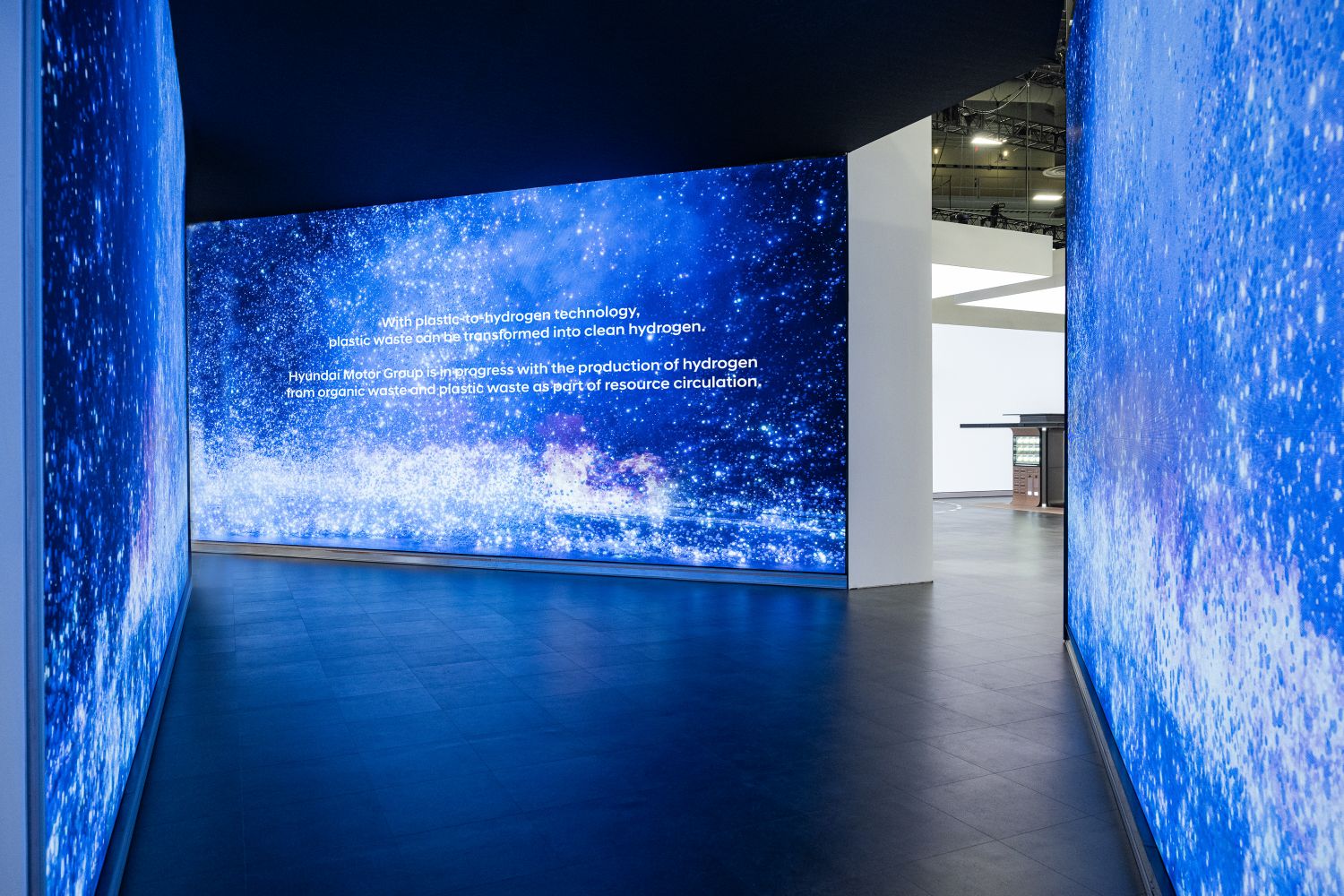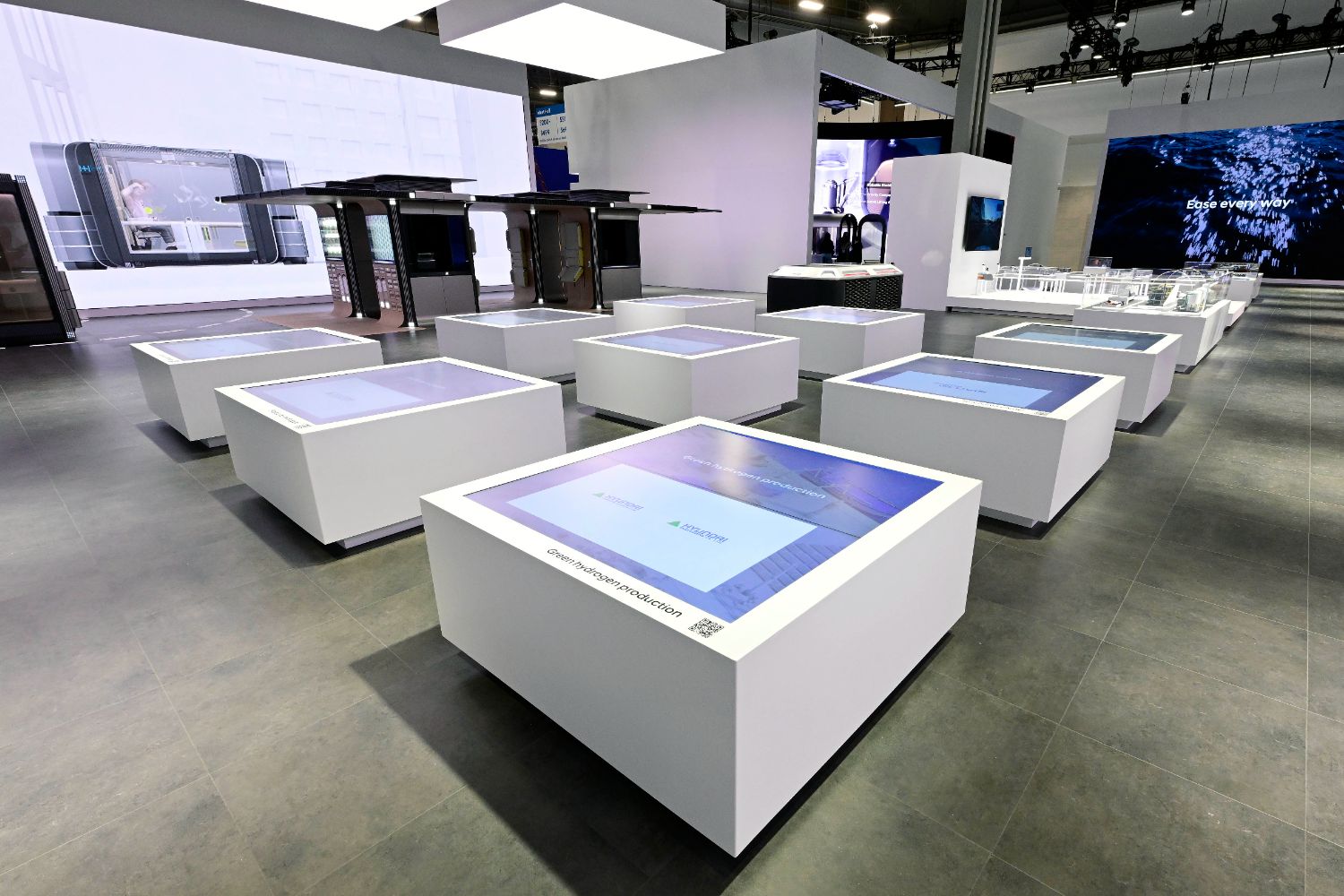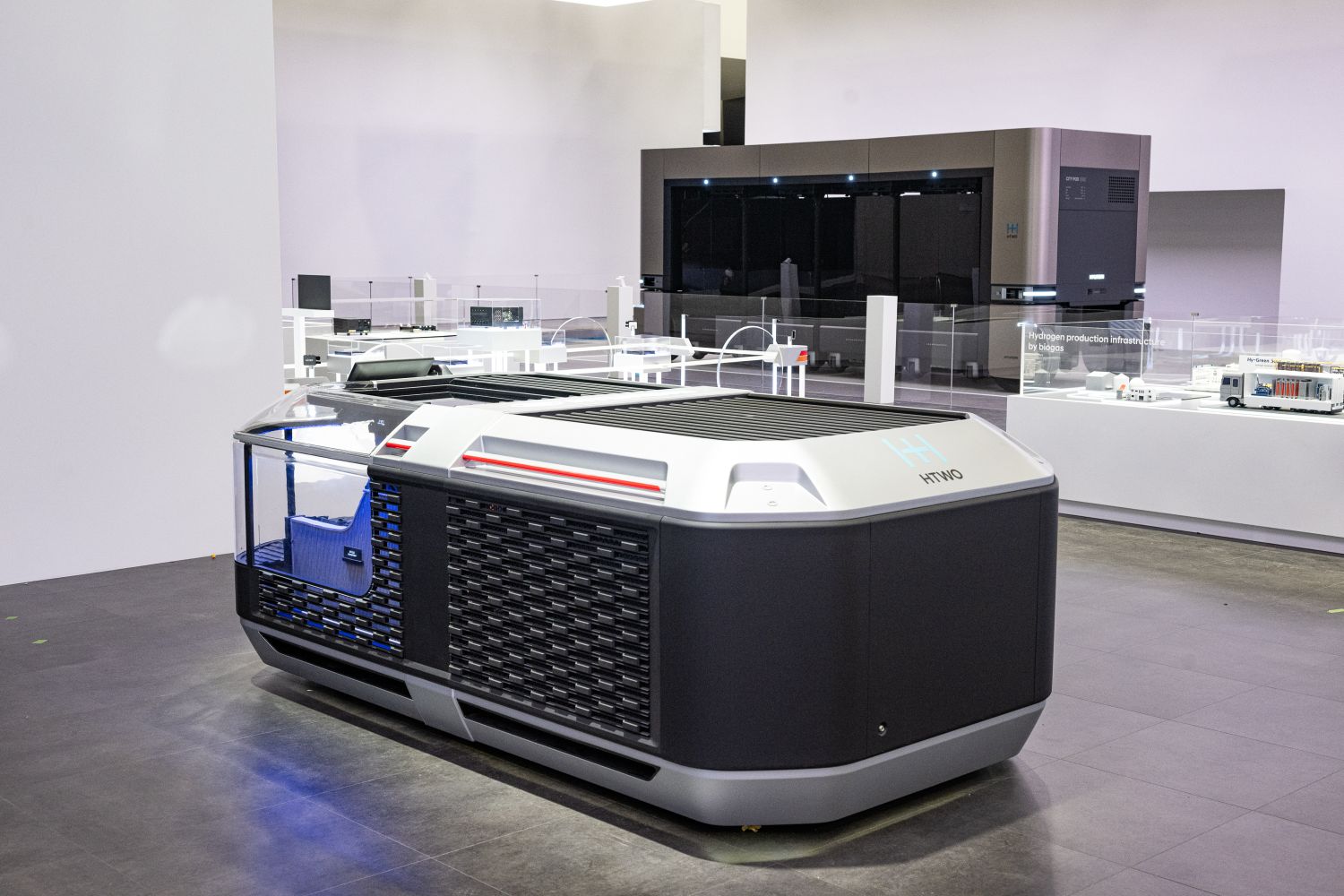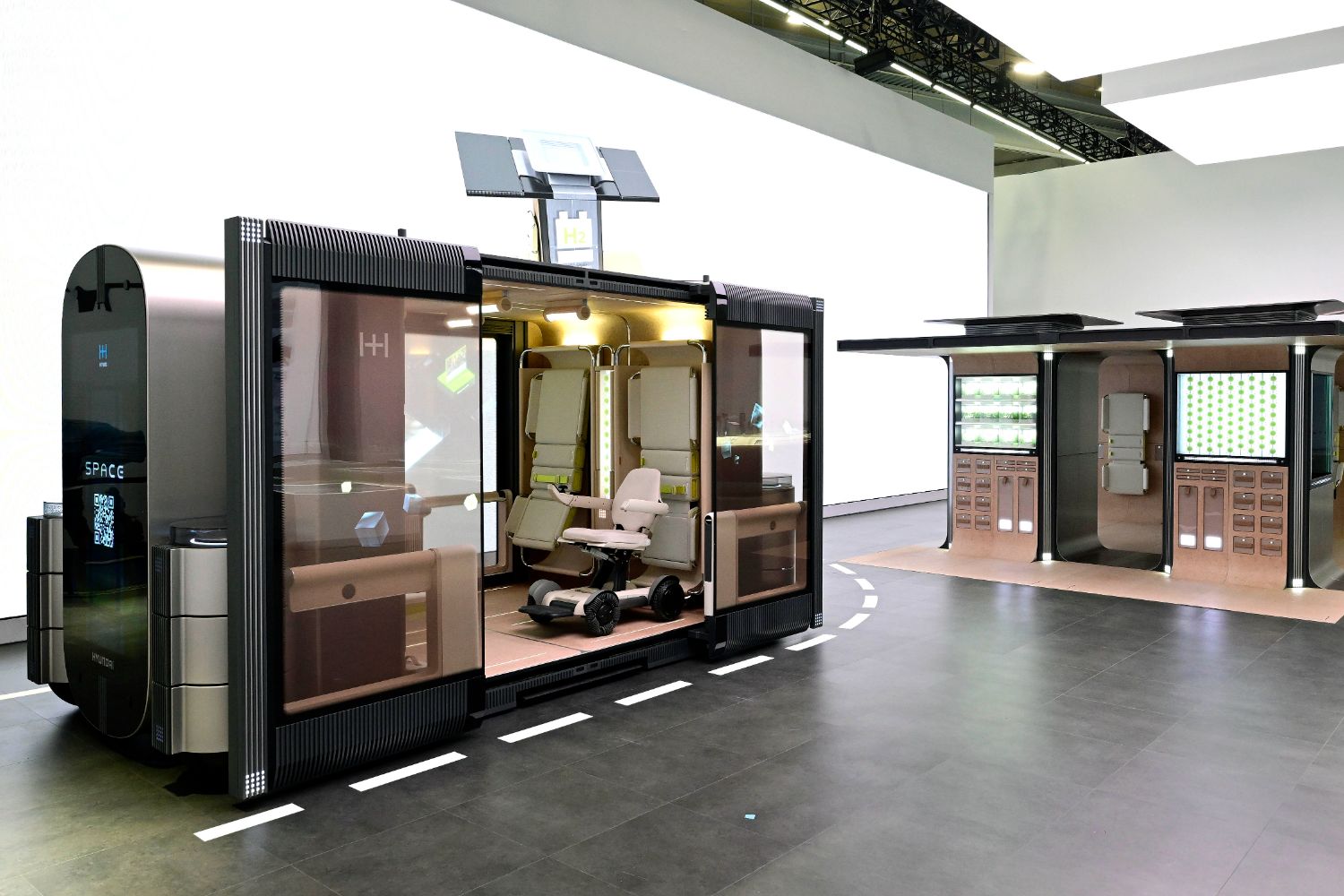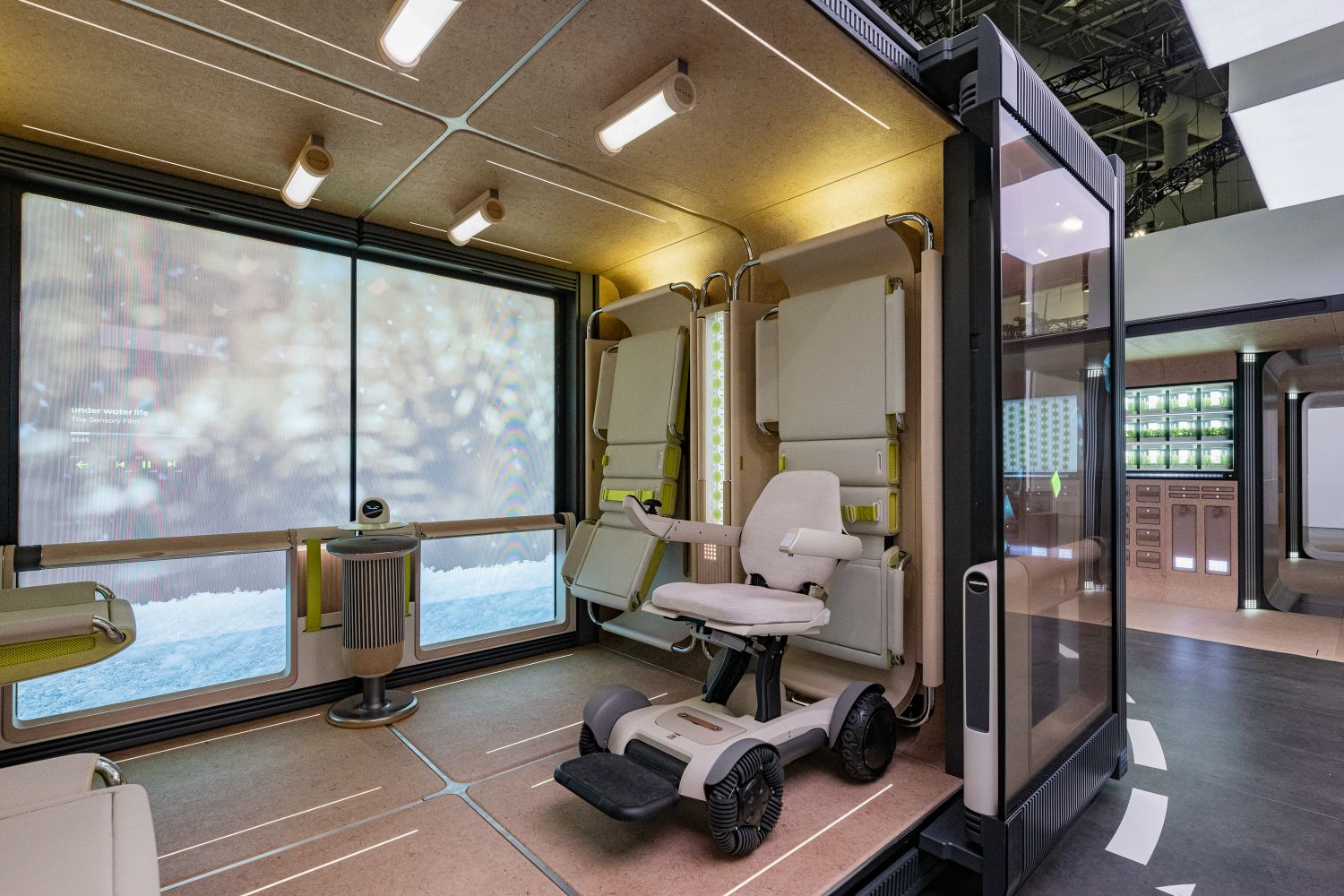Hyundai isn't showing off a new car at the Consumer Electronics Show (CES) in Las Vegas this week, but it is presenting something of a deep dive into technology that could hugely influence the ways in which we travel, commute, and drive in the future. Not least, Hyundai is looking into the future of hydrogen.
Hydrogen economy
Hydrogen tends to blow hot and cold when it comes to motoring. One minute it's the future, the next minute it's the poor cousin to battery power. What Hyundai is showing off at CES is not the potential for a hydrogen-fuelled car but more the broader 'hydrogen economy' and how that might fit into our everyday lives.
It's all part of Hyundai's pledge to become a carbon-neutral company by 2045, and to help with that it's establishing two new brands - HTWO and HTWO Grid - which will press on with hydrogen fuel and power projects.
Chief among those is how to make hydrogen. Hydrogen is everywhere, but it's usually chemically locked up in other substances. The most well-known way to make hydrogen is to run an electric current through water, which separates out the hydrogen and oxygen molecules, making so-called 'Green Hydrogen' if you're using renewable electricity to do the work. Hyundai is, obviously, working on this but it's also developing ways to get hydrogen from waste products - notably plastics that cannot be recycled, such as contaminated plastic and vinyl waste, which needs new 'liquifaction' technology which has been developed by Hyundai, and 'gasification' tech developed by oil giant Shell.
There's also a way to get hydrogen from organic waste, such as livestock manure and food waste, although notably Hyundai doesn't refer to either of these sources as 'Green Hydrogen' which suggests that they're not as carbon-efficient as electrolysis.
Then there's the issue of transporting and shipping hydrogen once you've made it. At the moment, that usually means freezing it into liquid hydrogen, which means you have to cool it to -253 degrees Celsius which is expensive, so Hyundai is exploring shipping the hydrogen combined with ammonia, which means you have to have stations at each end to combine and separate the hydrogen and the ammonia, but which means you can ship in vast quantities.
To show off the potential for hydrogen as a fuel, Hyundai has developed the XCIENT Fuel Cell, which the company claims is: "the world's first mass-produced fuel cell Class 8 heavy-duty truck." It's already been "recognised for its eco-friendliness and excellent technological prowess in major global markets, such as Switzerland and Germany", and Hyundai is now starting to ship XCIENT units to the US.
Electric Touring Car racing
If you're looking for a more direct connection to motoring, Hyundai is using giant hydrogen fuel cell generators to top up the batteries of Electric Touring Car Racing (ETCR) race cars when they're racing at tracks where the conventional electric charging system isn't powerful enough. There's also a Hyundai-developed hydrogen-fuelled tram, which is not only clean in how it uses energy, but it also has filters that clean up city centre air as it goes, purifying approximately 800 μg of fine dust and producing 107.6 kg of clean air per hour of operation.
The real beauty of the hydrogen tram is that it doesn't require any overhead wires for operation, which Hyundai says: "improves the aesthetics of the city and reduces infrastructure costs." Hydrogen can also be used in conjunction with electric arc furnaces to replace traditional coal-fired furnaces for refining steel.
On the more car-focused end of things, Hyundai is working to move beyond mere software-defined vehicles and into the realm of software-defined everything. This includes a new electronic and computing architecture for cars, which takes the vehicle's cameras, radars and sensors, which gather driving environment data, enabling autonomous driving through the integrated controller, a High-Performance Vehicle Computer (HPVC) embedded within the vehicle. This new autonomous control system is designed to be 'fault tolerant', rather like an aircraft, so that if one system suffers a failure, there are multiple back ups and redundancies so that safety and control are maintained. Hyundai is experimenting with both air and liquid cooling for these systems - they run hot, just like any computer - and is showing concepts of both setups at CES, in collaboration with the Hyundai the Group's global software centre, 42dot. It's expected that one of the first production uses of this kind of tech will be in Hyundai's subsidiary Motional and its Ioniq 5-based autonomous taxi service 'Robotaxi'.
City Pods
Or, if you prefer, you could potentially, in the future, get around town in one of Hyundai's hydrogen-powered mobility modules. Looking rather like a conservatory that's grown wheels and started to wander about town, these modules are designed to use two tech acronyms. The first of these is DICE or Digital Curated Experience. A ring pad controls DICE and incorporates a three-sided display, a bio-sensing camera, and even an airbag. DICE links to your own personal devices, such as your smartphone, and it can 'curate' your journey by not only suggesting music, podcasts, or videos to watch but also keeping an eye out for stress levels (thanks to that bio-sensing camera), and automatically re-routing in the case of congestions.
That takes care of the modules' digital interactions, but there are also physical interactions covered by SPACE, or Spatial Curated Experience. This means that the module cabins are fully adaptable, with moving seats and are able to: "support wheelchair users, micro-mobility users and pets through comfortable boarding height control."
SPACE also extends to after-life use for the modules, which can be combined into a fixed structure called the Pavilion. The idea is that a Pavilion can use its hydrogen fuel cell as a charging point for people who want to top up their electric car, their e-bike or e-scooter, or even a mobile phone. According to Hyundai: "It functions as a hub that connects people, city, robot and mobility, incorporating an air-cleaning algae module and a smart farm that utilises water from the byproduct of a hydrogen fuel cell, along with a rest area featuring mobility seats."
There's also the City Pod system, which is an "unmanned large-scale mobility system that surpasses the limits of the existing logistics systems based on software. It presents an 'automatic logistics sorting system' that moves organically and actively at all stages."


